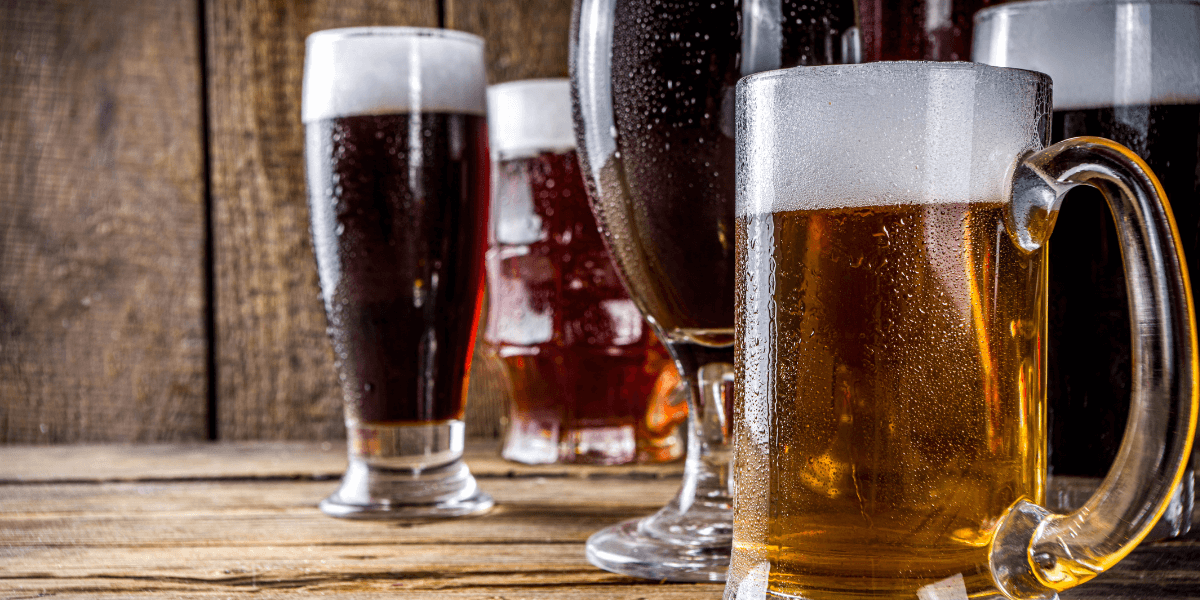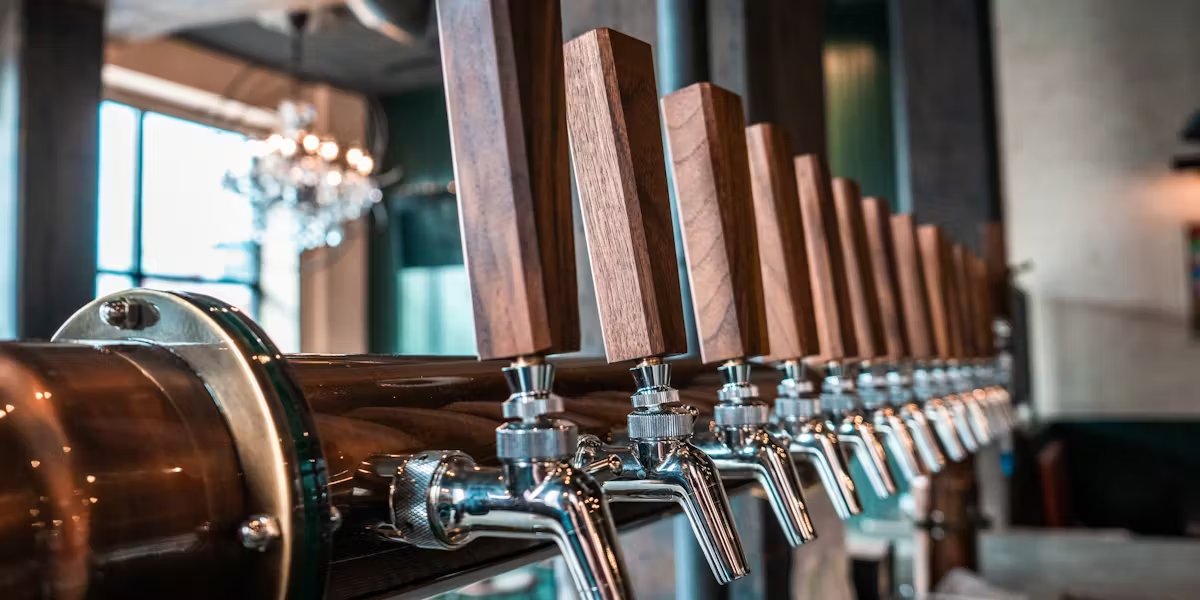
As someone who’s spent years experimenting with different brewing methods, I’m always eager to discover techniques that can enhance the quality of my beer. One of the methods I stumbled upon is pressure fermentation, a brewing technique that has gained significant attention in the craft beer community. It’s a process that involves fermenting beer under controlled pressure, which can drastically improve the quality, clarity, and consistency of the final product. In this article, I will share everything you need to know about pressure fermentation, including why it’s so effective and how you can incorporate it into your own brewing process.
What Exactly is Pressure Fermentation?
Pressure fermentation refers to the practice of fermenting beer in a sealed fermenter under pressure. Unlike traditional fermentation where carbon dioxide (CO2) is allowed to escape, pressure fermentation traps the CO2 inside the fermenter. The pressure within the fermenter can be adjusted to specific levels, usually ranging from 1 to 2 bars (around 14 to 29 psi). This process affects the yeast activity, helping to reduce undesirable flavors and produce a cleaner, more refined beer.
One of the key benefits of this method is its ability to influence the fermentation process. The trapped CO2 helps to limit ester production, which can result in fewer fruity flavors and a smoother, more neutral beer. This is particularly advantageous for brewing clean styles like lagers or IPAs, where the yeast profile needs to be subdued to allow the hops to shine.
Pressure fermentation also allows for better control of fermentation time. By regulating the pressure, the yeast remains more active throughout the process, resulting in a more efficient fermentation and, in some cases, a faster brewing time. But let’s explore the advantages of pressure fermentation in more detail.
Why Should You Consider Pressure Fermentation?
If you’re considering experimenting with pressure fermentation, you’re likely wondering what benefits it might bring to your brewing. Here’s a closer look at some of the key reasons why this method has become so popular among homebrewers and commercial brewers alike.
Reduction in Ester Production
Esters are compounds produced by yeast that can contribute fruity, floral, or even funky aromas and flavors to your beer. While esters can be desirable in certain styles, they may not be the best fit for every beer. If you’re brewing a beer like a pilsner, IPA, or any style where a clean yeast character is desired, esters can be a detractor. Pressure fermentation is highly effective at reducing ester production by keeping the yeast in a more stable environment, preventing it from producing these volatile compounds at excessive levels.
By reducing ester production, pressure fermentation allows the hops, malt, and other ingredients to shine through. This makes it especially beneficial for styles that emphasize hop flavor, such as West Coast IPAs or pale ales, where a more neutral yeast flavor profile is preferred.
Minimized Off-Flavors
Another major advantage of pressure fermentation is the reduction of off-flavors. These are the flavors that result from stress or incomplete fermentation, such as diacetyl (which has a buttery flavor) or hydrogen sulfide (which can result in a rotten egg smell). Under normal fermentation conditions, yeast can sometimes produce these undesirable compounds, especially when fermentation is completed too quickly or under less-than-ideal conditions.
When you ferment under pressure, the yeast remains healthier throughout the process, which minimizes the risk of off-flavors developing. The sealed environment and controlled pressure keep yeast activity consistent and reduce the likelihood of these defects. This leads to a cleaner and more refined beer with fewer unwanted flavors, which is always the goal for brewers looking to improve the quality of their beer.
Faster and More Efficient Fermentation
One of the more surprising benefits of pressure fermentation is the potential to speed up the fermentation process. When fermenting under pressure, yeast can work more efficiently, reducing the overall fermentation time. In traditional fermentation, the yeast may slow down as fermentation progresses, especially if the temperature fluctuates. However, the controlled pressure environment helps keep yeast activity steady, allowing fermentation to finish more quickly.
This is particularly beneficial for brewers who are looking to get their beer into bottles or kegs more rapidly. Pressure fermentation allows for faster turnaround times without compromising the quality of the beer. I’ve personally found that this method helps me produce more beer in less time, which is always a win in the brewing world.
Improved Carbonation
Fermenting under pressure also naturally carbonates the beer as it ferments, which eliminates the need for additional steps like force carbonation or adding priming sugar later. As the yeast ferments the sugars in the wort, it produces CO2, and since the fermenter is sealed, the CO2 is trapped in the beer. This leads to a naturally carbonated beer, which can help you achieve a consistent level of carbonation throughout the brewing process.
This is a big time-saver, as you don’t have to worry about secondary fermentation or extra steps to carbonate the beer. It’s especially useful when brewing high-carbonation styles like pale ales or IPAs, where the natural carbonation helps enhance the mouthfeel.
How to Set Up Pressure Fermentation
If you’re interested in trying pressure fermentation for your next batch, there are a few key pieces of equipment you’ll need. While it might sound complicated, it’s not as intimidating as it seems, and once you get the hang of it, you’ll appreciate the control it gives you over your brewing process.
The Right Equipment
To get started with pressure fermentation, you’ll need a fermenter that can handle pressure. Many stainless steel fermenters are built for this purpose, and they come equipped with pressure relief valves to ensure the pressure doesn’t exceed safe levels. Alternatively, some plastic fermenters are available with similar features.
You’ll also need a CO2 tank with a regulator to control the pressure within the fermenter. The regulator will allow you to set the desired pressure level (usually around 2 bar or 29 psi) to maintain an optimal fermentation environment. Additionally, a blow-off tube or airlock will help manage excess CO2 and ensure the fermenter remains sealed throughout fermentation.
The Process
Fermenting under pressure is straightforward once you have the right setup. Here’s a brief rundown of the steps I follow:
- Mash and Boil: Brew your beer as usual by mashing the grains and boiling the wort.
- Cool the Wort: Once the boil is complete, cool the wort down to the fermentation temperature.
- Transfer and Seal: Transfer the cooled wort into your sealed fermenter, pitch your yeast, and seal the lid.
- Set the Pressure: Attach your CO2 tank and set the regulator to the appropriate pressure, typically around 2 bar.
- Fermentation: Allow the yeast to ferment the wort as usual. Monitor the pressure and temperature to ensure everything is on track.
- Post-Fermentation: Once fermentation is complete, your beer is ready to be kegged or bottled, and it will already be naturally carbonated.
Conclusion
Pressure fermentation is a powerful tool for homebrewers who want to take their brewing to the next level. By fermenting beer under controlled pressure, you can reduce ester production, minimize off-flavors, speed up the fermentation process, and achieve better carbonation. Whether you’re brewing a crisp lager or a hoppy IPA, pressure fermentation offers a way to refine your beer and enhance its overall quality. I highly recommend giving this method a try for your next brew – it’s an easy and effective way to improve your beer and get the most out of your brewing process.




